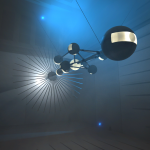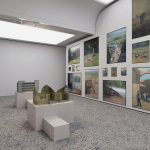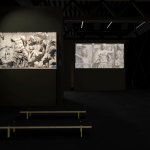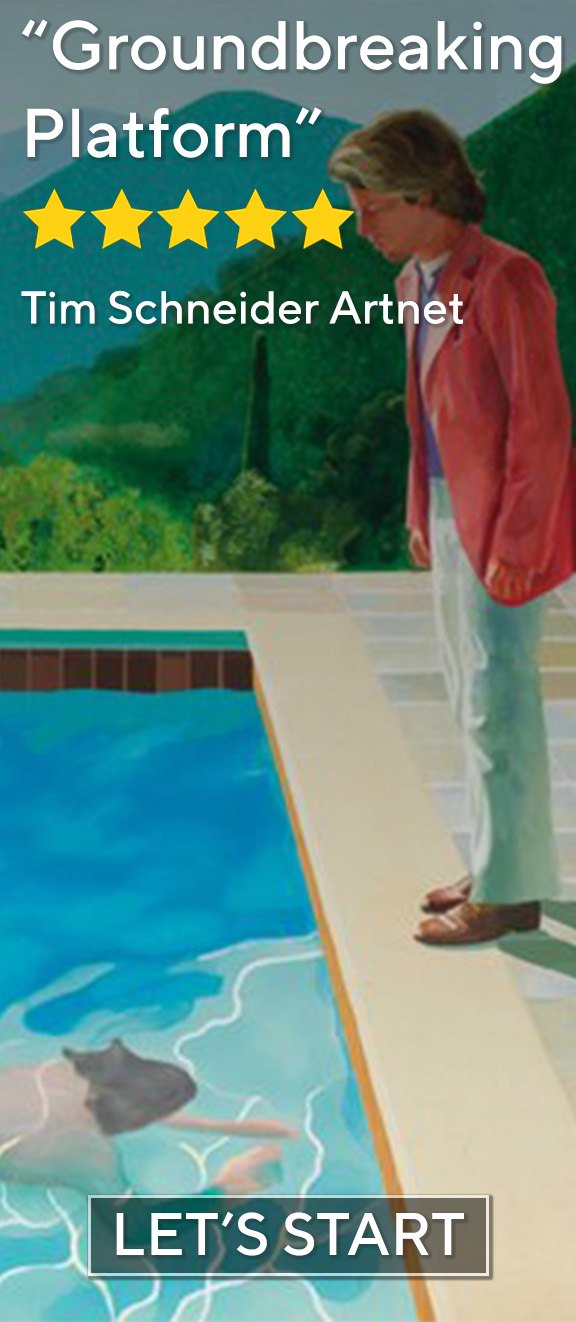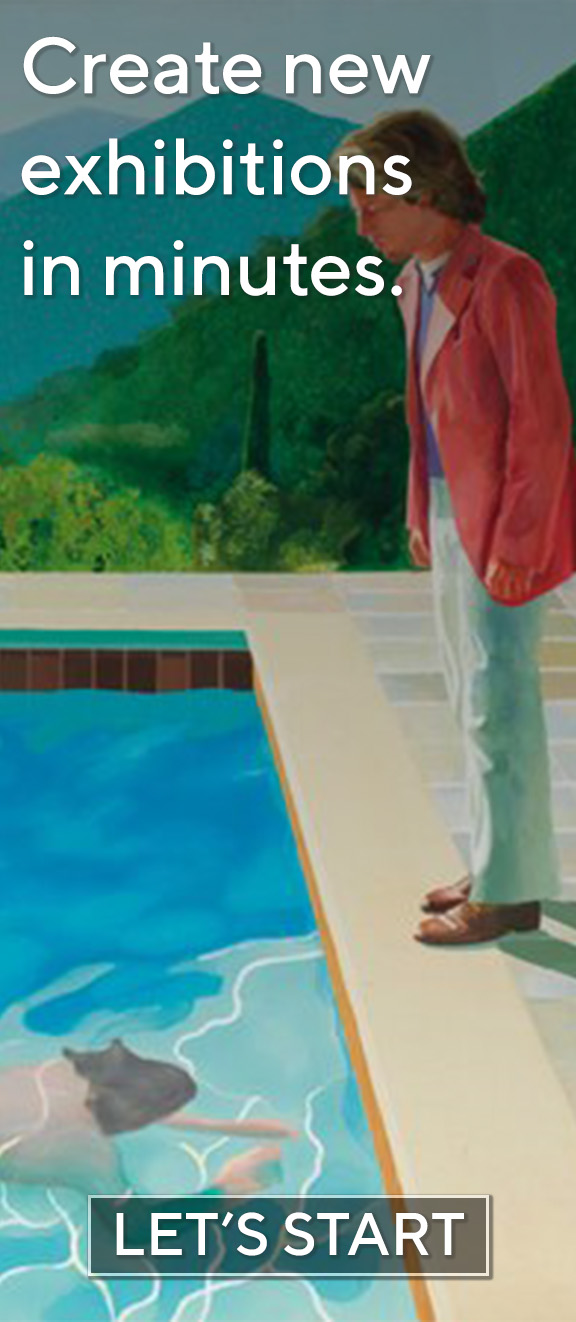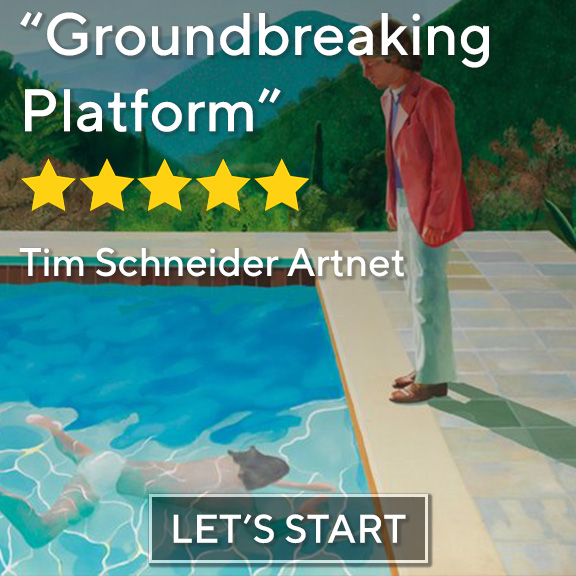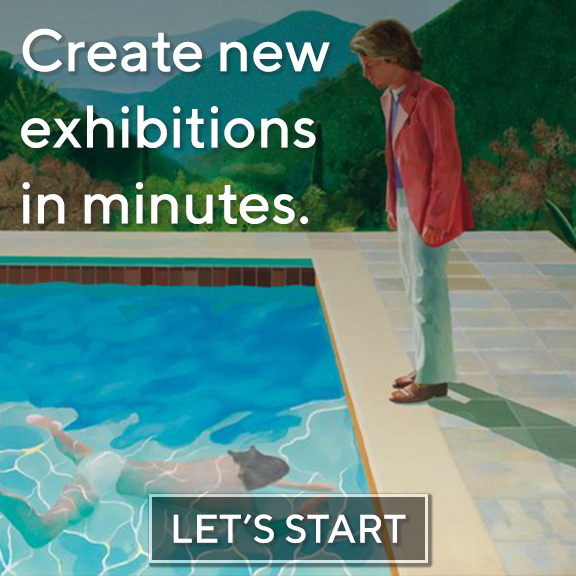“What Year Are You? / Hanyas Vagy?” was on view through 2025 at MODEM
At “What Year Are You? / Hányas Vagy?“, currently on view at MODEM in Debrecen, the museum’s newly acquired status meets a curatorial challenge that few institutions dare to tackle: organizing a permanent collection not by movement or medium, but by birth year. With artists grouped by generational cohort—from the “Founders” born before 1925 to the post-digital Zs—the exhibition leverages social science more than traditional art history. Co-curated by Süli-Zakar Szabolcs (Gen X) and Török Krisztián Gábor (Gen Z), the show unfolds as a living cross-section of Hungary’s cultural memory. Visitors encounter not only artworks, but timelines—each room a visual register of historical moods, materials, and mentalities. By filtering aesthetics through the sociology of generations, Hányas Vagy? interrogates how lived experience shapes creative production—and vice versa.
This exhibition is especially compelling in how it stages generational dialogue through five keystone works: from the contemplative realism of”Harsányi Kálmán író portréja” to the conceptual fragmentation of “Fej“, each piece becomes a reflective surface for the values, traumas, and aspirations of its moment.

Fehér László’s “Harsányi Kálmán író portréja“ anchors the journey in the psychological gravitas of the post-socialist period. Rendered with the artist’s hallmark blend of hyperrealism and melancholic restraint, the portrait shows the writer as a figure caught between public recognition and interiority. The painting’s muted palette and flat spatial treatment deny theatricality in favor of a quiet existentialism. It exemplifies how the Boomer generation in Hungary grappled with identity in a rapidly shifting political landscape.
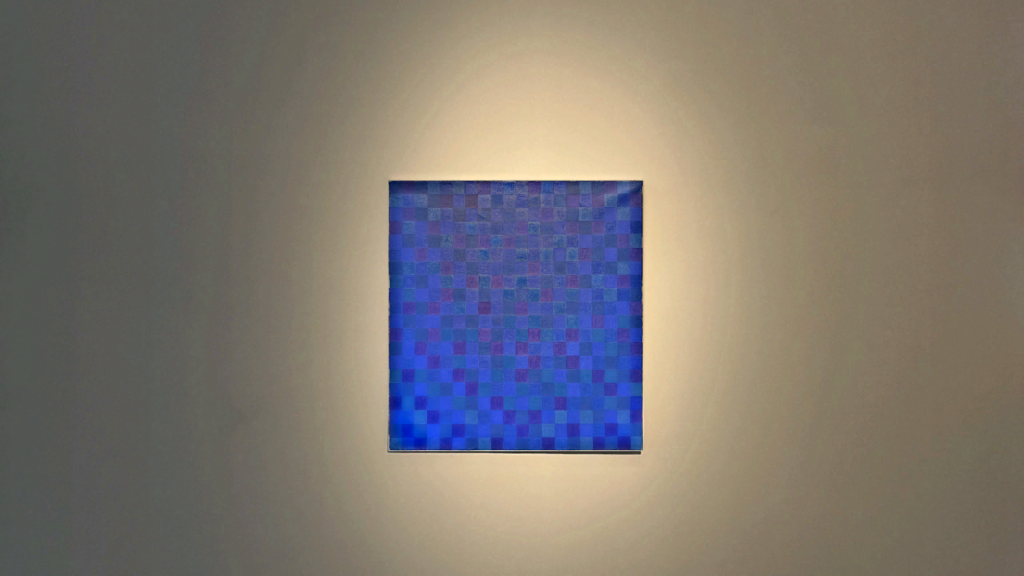
With ” 400 Kék négyzet“ , Vera Molnár offers a contrasting vision of control and randomness. A grid of blue squares generated algorithmically, the piece reveals her lifelong engagement with structure, logic, and the aesthetics of computing. As one of the pioneers of generative art, Molnár’s work operates at the intersection of mathematics and visual poetry. Here, the X-generation’s early flirtation with technology becomes a rigorous, almost meditative act of repetition.
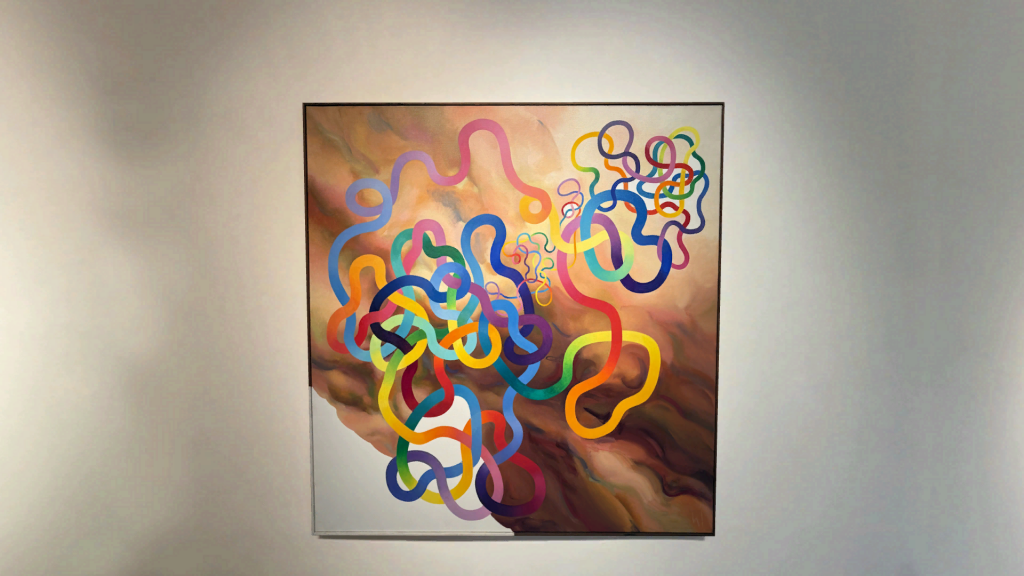
Reigl Judit’s “Enigma” moves in an entirely different register—visceral, impulsive, and uncontainable. Her gestural abstraction channels bodily energy into form, with pigment often applied by hand, bypassing the brush altogether. The painting exists at the edge of articulation: a visual outburst that resists stable interpretation. It speaks not only to her own personal exile and postwar dislocation, but to the collective psychic wounds of a generation whose language was formed in silence and resistance.

Finally, Lakner László’s “Száj” compresses pop iconography, semiotics, and philosophical inquiry into a single, potent motif. The human mouth—isolated, magnified—becomes both symbol and cipher. Is it speaking, silenced, consuming? Lakner’s Pop-Art period coincides with his fascination for the ambiguity of symbols, reflecting a generation that oscillated between propaganda and personal expression. His works function as visual aphorisms: pithy, ambiguous, and endlessly interpretable.
“Each artwork becomes a reflective surface for the values, traumas, and aspirations of its moment.”
The curatorial structure at MODEM allows these works to breathe together, not in harmony, but in tension. By mapping artists across generational lines, the exhibition doesn’t merely historicize; it dramatizes. Each room confronts viewers with the material residue of values—discipline or spontaneity, clarity or chaos, tradition or experimentation. These values aren’t just visible; they’re embodied in form, pigment, and process.
What emerges is a show less interested in singular narratives than in polyphonic resonance. It invites viewers to decode their own year—what they carry, what they inherit, and what they might leave behind.


